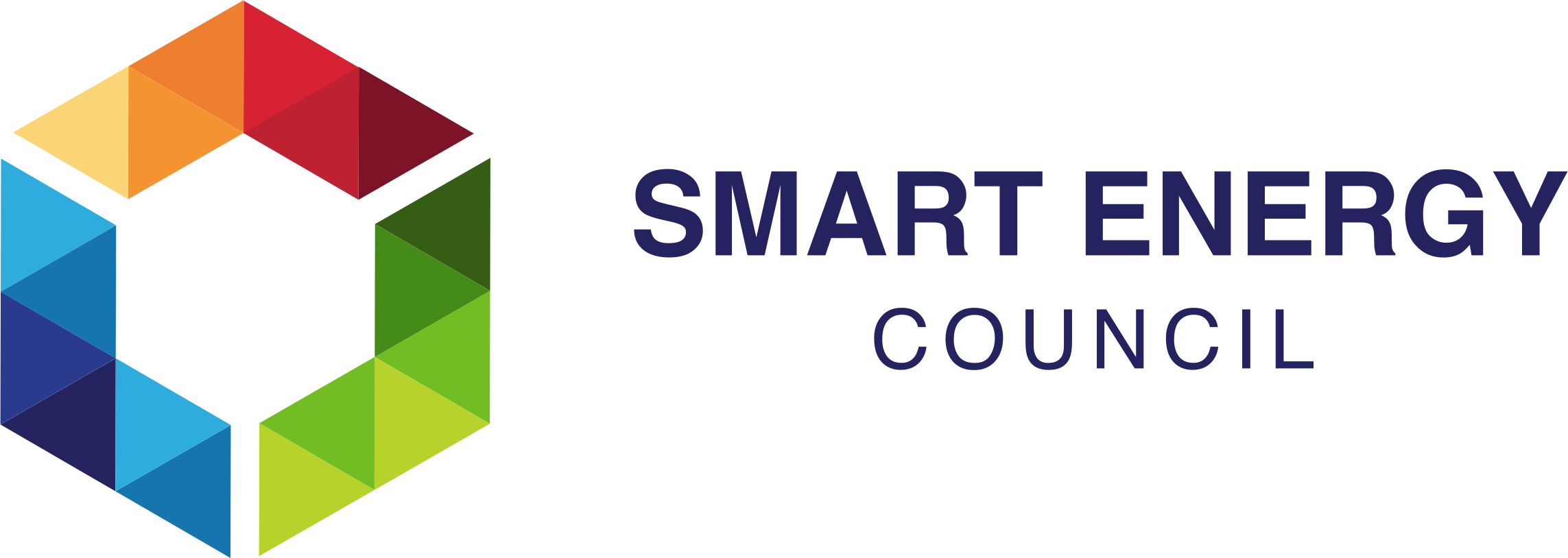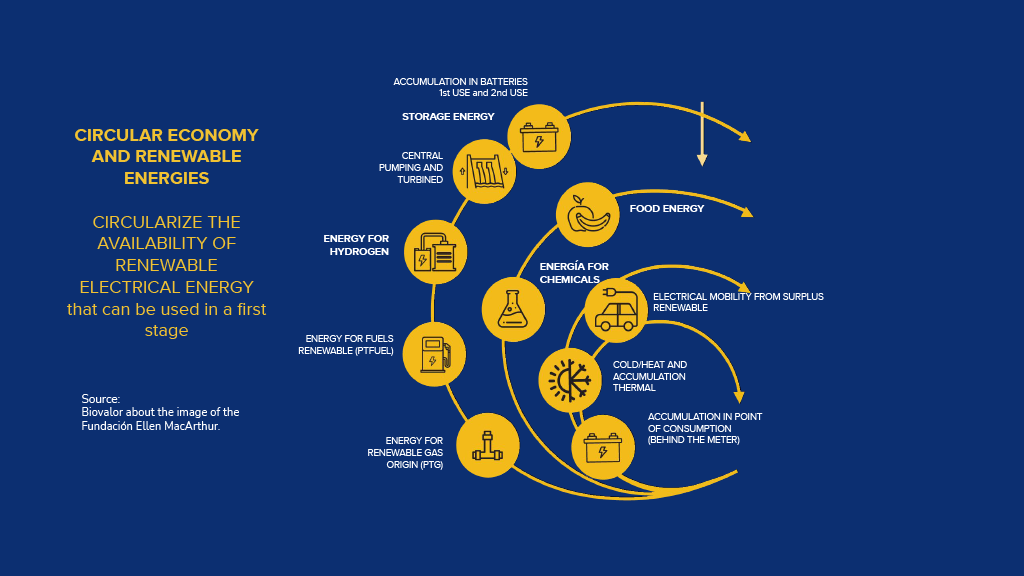This May we presented a new episode in our monthly webinar series: Ammonia Energy Live. Every month we’ll explore the wonderful world of ammonia energy and the role it will play in global decarbonisation - with an Australian twist. For May’s episode we welcomed Sarah Tincknell, Stakeholder and Regulatory Manager of the Future Fuels Division at Origin Energy. Sarah joined us to share some of the experiences and learnings Origin Energy has gone through on its decarbonisation journey to date, and give us some insights into what emissions reduction looks like at an electricity generator and retailer. And, of course, we wanted to find out where ammonia and hydrogen fit into Origin's long term plans for decarbonisation. Sarah was interviewed by Emily Heenan, (Process Engineer, also in the Future Fuels Division at Origin), and Jacinta Bakker (Senior Research Coordinator at Jupiter Ionics).
Australia
Ammonia Energy Live April: low-carbon innovation at Hazer Group
This April we presented a new episode in our monthly webinar series: Ammonia Energy Live. Every month we’ll explore the wonderful world of ammonia energy and the role it will play in global decarbonisation - with an Australian twist. For this episode we welcomed Geoff Ward, CEO of the Hazer Group. Hazer has been steadily developing their novel methane pyrolysis technique in Western Australia with a new low-carbon hydrogen production facility to begin construction later this year. Geoff joined us to reflect on Hazer’s journey so far, familiarise our audience with their processes and give his thoughts on what needs to be put in place for similar decarbonisation projects to succeed. And - of course - we asked Geoff where ammonia fits into Hazer’s future plans! Geoff was interviewed by Andrew Dickson (Development Manager of the Asian Renewable Energy Hub at CWP Global), and Darren Jarvis (Vice President of Strategic Project Development at Incitec Pivot).
The Ammonia Wrap: two new large-scale ammonia projects in the UAE and more
Welcome to the Ammonia Wrap: a summary of all the latest announcements, news items and publications about ammonia energy. This week: two new large-scale ammonia projects in the UAE, RWE, BASF combine for 2 GW "Offshore-to-X" project, green ammonia exports from Tasmania, coal co-combustion trials in Japan, Japanese shipping industry chases decarbonisation, South Korean companies join together in local green ammonia consortium, new funding for ammonia-from-wastewater research and Horisont Energi and Equinor join forces for the Polaris project.
The Ammonia Wrap: "Ammonia-Prepared" notation for new build vessels, new collaboration between Yara and JERA, and a need for cross-border cooperation to decarbonise ammonia production in the EU
Welcome to the Ammonia Wrap: a summary of all the latest announcements, news items and publications about ammonia energy. There's so much news this edition that we're bringing you two, special Wrap articles. Our second focuses on maritime ammonia & supply chain development. This week: Bureau Veritas releases "Ammonia-Prepared" notation, Höegh Autoliners' ammonia-powered car-carrier to hit the water by 2023, Yara and JERA to collaborate, Japan's Kobe Port moves towards hydrogen and ammonia, New partners for Itochu/Vopak study in Singapore, and a new Voltachem ammonia study shows need for cross-border cooperation in EU.
The Ammonia Wrap: World Bank boosts hydrogen and ammonia as future fuels, new coalition for bunker ammonia, and cracking at the Wilhelmshaven hydrogen hub
Welcome to the Ammonia Wrap: a summary of all the latest announcements, news items and publications about ammonia energy. This week: the World Bank sees hydrogen and ammonia as key to decarbonising shipping, a new coalition for safe ammonia bunkering, Trafigura co-sponsors MAN's development of ammonia-fueled maritime engines, cracking plant a feature of the new Wilhelmshaven hydrogen hub, RWE and H2U to develop global hydrogen trading between Australia and Germany, Province Resources' West Australian mega-project grows to 8GW and South Africa's Hydrogen Society Roadmap a step closer.
The Korean New Deal and ammonia energy
South Korea has featured in many Ammonia Energy news updates, but often in a scatter gun fashion that lacked the momentum of ammonia energy announcements coming from the other side of the Korea Strait. Now, South Korea is ready to step out from Japan’s shadow as a clean energy innovator and deployer in its own right. We’re seeing the beginnings of a well-articulated strategy to achieve society-wide decarbonisation in South Korea, with a starring role for clean hydrogen and clean ammonia.
The Ammonia Wrap: new funding and investment for ammonia energy rolls in, next steps for Uruguay, and Sumitomo to develop a hydrogen "ecosystem" in regional Australia
Welcome to the Ammonia Wrap: a summary of all the latest announcements, news items and publications about ammonia energy. This week: new funding and investment for ammonia energy (Starfire Energy, GenCell, Syzygy Plasmonics and Hazer Group), marine engines from the "Ammoniamot" consortium, Uruguay's national hydrogen strategy takes another step, Onahama Port to investigate hydrogen & ammonia imports and Sumitomo to develop Gladstone's hydrogen "ecosystem".
Ammonia Energy Live March 2021: event wrap
Last week we presented the second episode in our monthly webinar series: Ammonia Energy Live. Every month we’ll explore the wonderful world of ammonia energy and the role it will play in global decarbonisation - with an Australian twist. This episode we welcomed Sammy Van Den Broeck, VP Project & Portfolio at Yara Clean Ammonia. Sammy was invited to give his thoughts on the key challenges and opportunities in the global ammonia transition, and explain to us why Australia is so important to Yara's future clean ammonia plans. Interviewing Sammy were Jacinta Bakker (Research Fellow in the MacFarlane Laboratory at Monash University) and Allison Gwilt (Senior Project Engineer, Future Fuels at Origin Energy).









